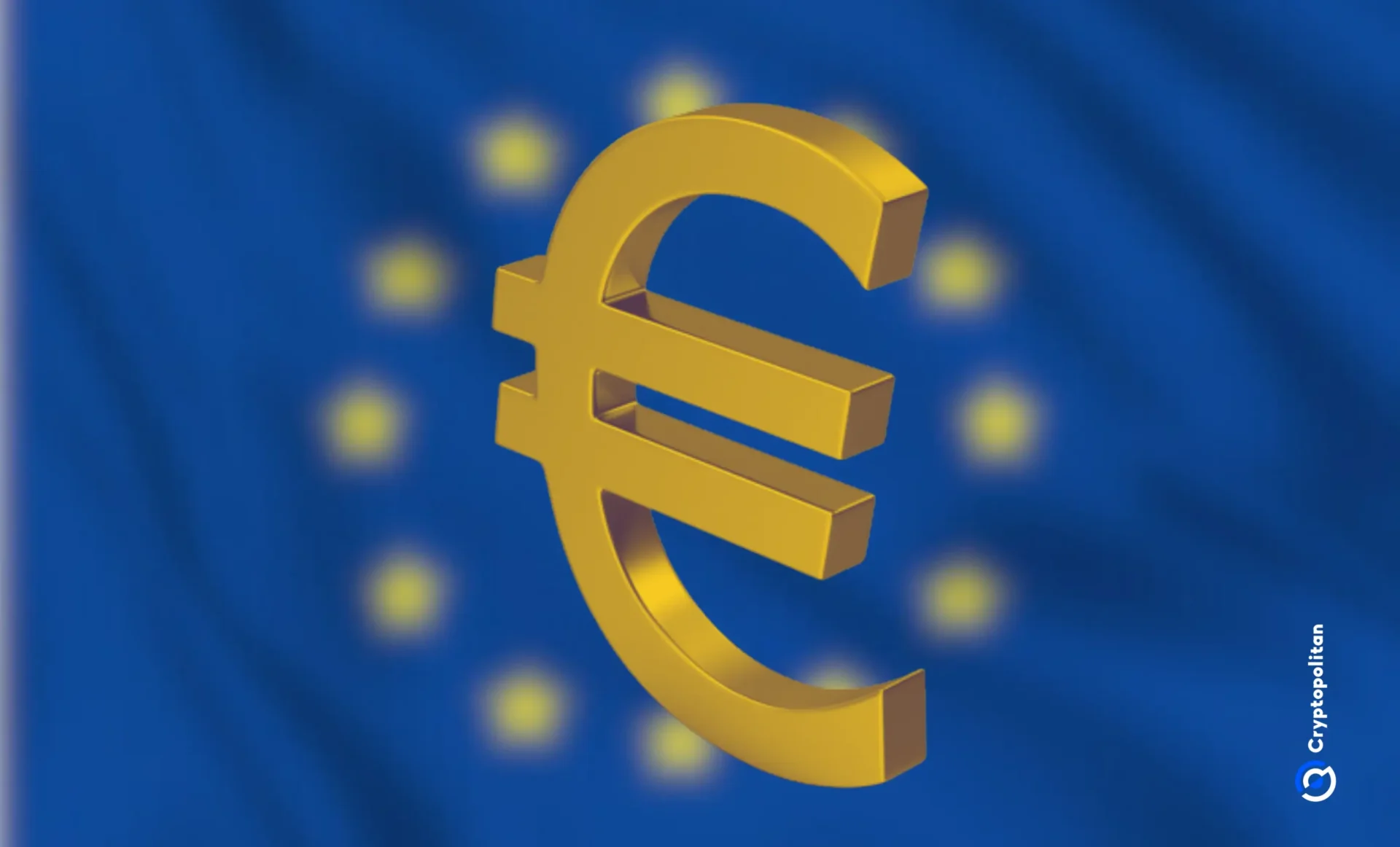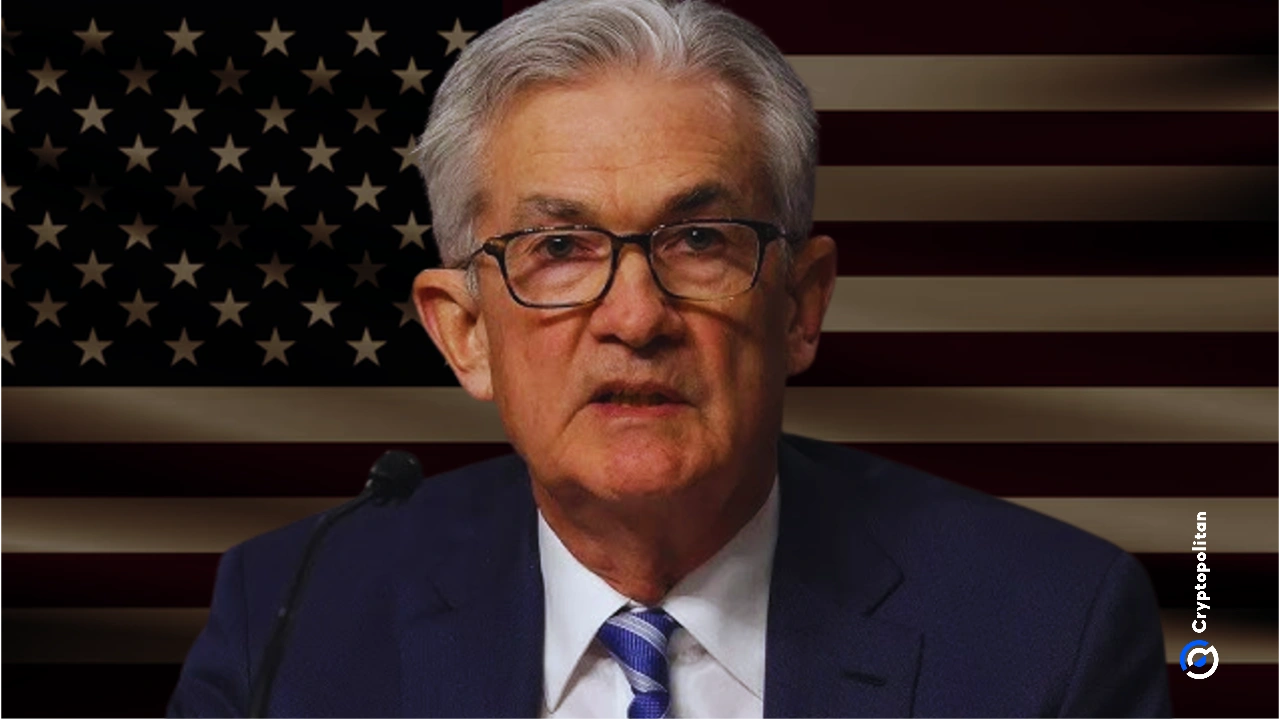Economists are now betting on a 0.25% rate cut by the European Central Bank (ECB) in October. The consensus up until recently was that the ECB would hold off until December.
But weak inflation numbers from France and Spain, plus a poor showing in the Purchasing Managers’ Index (PMI), have changed the outlook.
There were rate cuts in June and September, bringing the key deposit rate to 3.5%. The latest Eurozone PMI dropped to 48.9 in September from 51 in August, the first time it has fallen below 50 since February.
This shows a sharp decline in business activity. And for the ECB, this is bad news. The PMI is being seen as a wake-up call for the bank, pushing the decision for another cut sooner rather than later.
Economists revise forecasts
The ECB’s next meeting is set for October 18, and bond markets are now showing an 80% chance of a cut, up from 40% earlier in the week.
Economists from major financial institutions like Goldman Sachs, JPMorgan, BNP Paribas, and T Rowe Price have all updated their outlooks.
Piet Haines Christiansen from Danske Bank said in a note to clients that the data is too weak to ignore. “The focus will likely shift from inflation to the risks tied to growth,” he said.
BNP Paribas’s chief European economist, Paul Hollingsworth, warned that the Eurozone’s economic recovery could be in serious jeopardy if the ECB waits too long.
He predicts not only a cut in October but another in December. The December meeting is also when the central bank is expected to release updated forecasts for inflation and growth.
This will evidently give policymakers more data to work with before they make their decisions.
ECB board pivots
The ECB has been cautious, with President Christine Lagarde repeatedly saying the bank isn’t committing to any specific actions and would take a data-dependent approach. That might be changing.
Isabel Schnabel, a member of the ECB’s executive board, presented data last week saying inflation expectations among firms and households have dropped by a lot.
A week before that, Schnabel had noted that inflation perceptions were still high, making expectations more fragile and sensitive to new shocks.
But this new data shows a little change in sentiment. Christian Schulz from Citi pointed that out.
Another ECB official, who spoke anonymously, confirmed that the most recent data points to downside risks, with disinflation on track.
While this official didn’t outright confirm how they would vote in the upcoming meeting, they admitted that things were moving in the direction of a rate cut.
Tomasz Wieladek from T Rowe Price makes another good point. He believes the ECB’s decisions after October will be very important.
According to Wieladek, much of this depends on the outcome of the U.S. presidential election in November.
He predicts that if Donald Trump wins, geopolitical uncertainty could push the ECB to cut rates at every meeting until the deposit rate hits 2%.
But if Kamala Harris wins, the ECB might take a slower approach, with the October cut being more of an “insurance.”
Meanwhile, bond prices have been responding. And earlier this week, the probability of a rate cut at the next meeting stood at 40%. By Friday, that number had jumped to 80%, according to Bloomberg.





